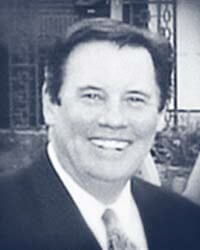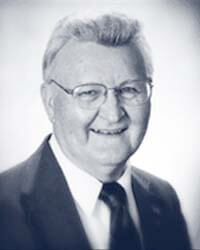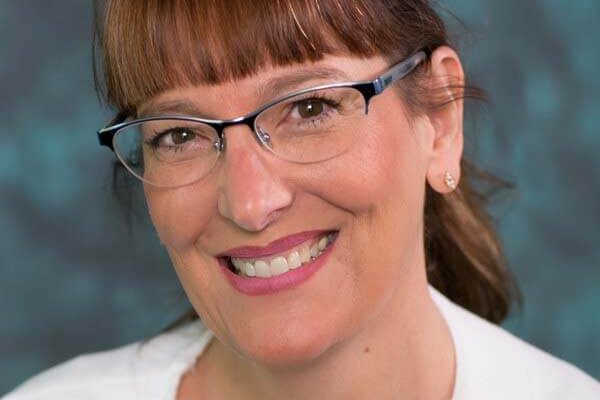Is Your Child Nervous About Receiving Dental Work?
Fear or anxiety about going to the dentist’s office is quite common. Some people would rather suffer through a toothache than sit in a dentist’s chair. For those who avoid the dentist due to fear or anxiety, sedation dentistry is a great option to help child and adult patients calm down and relax in the dentist’s chair. Sedation is also a great way to help patients with disabilities for whom sitting still in a dental chair and cooperating with the dentist is a significant challenge.
Your Child Can Sleep Through the Party With Pediatric General Anesthesia
General anesthesia in dentistry is a combination of inhaled gases and IV sedation that makes patients partially or totally unconscious – deeply asleep – during the procedure.
In order for a dental office to provide sedation dentistry in the form of anesthesia, an anesthesiologist, or doctor specializing in delivering anesthesia, must be present. Anesthesiologists go through 8 years of school and 4 years of residency to earn the prestigious title — This is the same type of medical professional who works in a hospital (well trained and very safe). While under the effects of anesthesia, the anesthesiologist monitors the body’s vital functions and manages breathing. A patient cannot be awakened while under anesthesia until the effects of anesthesia wear off or are reversed with medication.
Dansville Dental is one of the few dental offices in the area that have an on-site anesthesiologist, meaning we can do anything from a simple teeth cleaning to a complex surgery while a patient is relaxed with anesthesia. Our anesthesia is the real deal, meaning it is hospital-level anesthesia.
How Do I Know General Anesthesia is a Good Choice for My Child?
- You love the idea of having your child sleep through a dental procedure
- Your child previously had a bad experience at the dentist and is anxious about getting dental work done
- IV sedation or needles make your child nervous (Great for wisdom teeth removal)
- Your child needs lots of regular dentistry work and/or surgery and you want to get it all done at once
- Certain medical reasons prevent your child from using other forms of sedation


Testimonials
What our patients say about us.












What Types of Sedation Are Used in Dentistry?
Sedation is a form of anesthesia; sometimes the two terms are used interchangeably. Some providers offer numerous sedation options, including relaxation techniques, and aromatherapy. Here, we focus on the options that are used most frequently by dental professionals: local anesthesia, laughing gas, oral sedation, and IV sedation.
- General Anesthesia. Provided by a medical anesthesiologist (MD). Medications make you either almost unconscious or totally unconscious — deeply asleep — during the procedure. While you are under general anesthesia, you cannot easily be awakened until the effects of the anesthesia wear off or are reversed with medication. For patients with extreme anxiety, behavioral challenges, or disabilities, this is a wonderful service which is available within Dansville Dental Professionals.
- IV (Intravenous) Sedation. Requires a specially licensed dentist, or an anesthesiologist. You receive the sedative drugs through a vein. This allows the dentist to continually adjust the medication. The sedation is predictable and controllable. This approach also allows the administration of pain control and other helpful medications directly through the IV. Sedation can be light to moderately deep. Patients commonly do not remember their dental treatment.
- Nitrous Oxide (Laughing Gas). Combines with oxygen through a mask that’s placed over your nose. The gas helps you relax. Your dentist can control the amount of sedation you receive, and the gas tends to wear off quickly. Nitrous is very safe and is the only form of sedation where you may be able to drive yourself home after the procedure. Nitrous is not as predictable in effectiveness as other forms of sedation. (It does not work for everyone.)
- Local Anesthesia. One of the most commonly-used sedatives. Lidocaine is injected into the target area to temporarily prevent nerves from transmitting the feeling of pain. Lidocaine can eliminate pain on its own, but it is also frequently used in conjunction with any one of the following three conscious sedation techniques to further reduce cognizance of the procedure.
- Oral Sedation. This is the type of sedation most commonly advertised in dentistry. You are given a pill. There are a number of significant disadvantages to this type of approach ranging from safety to effectiveness and predictability. We do not normally recommend this form of sedation.





